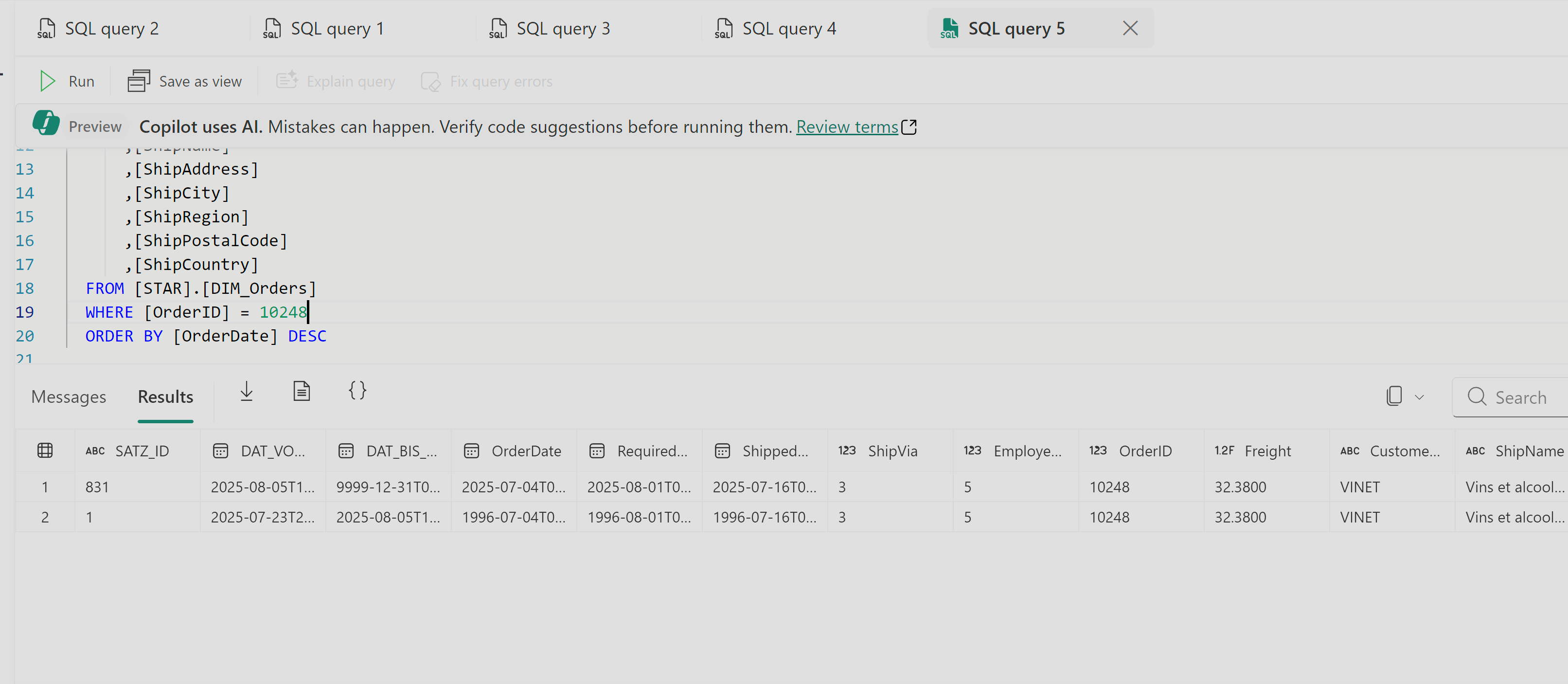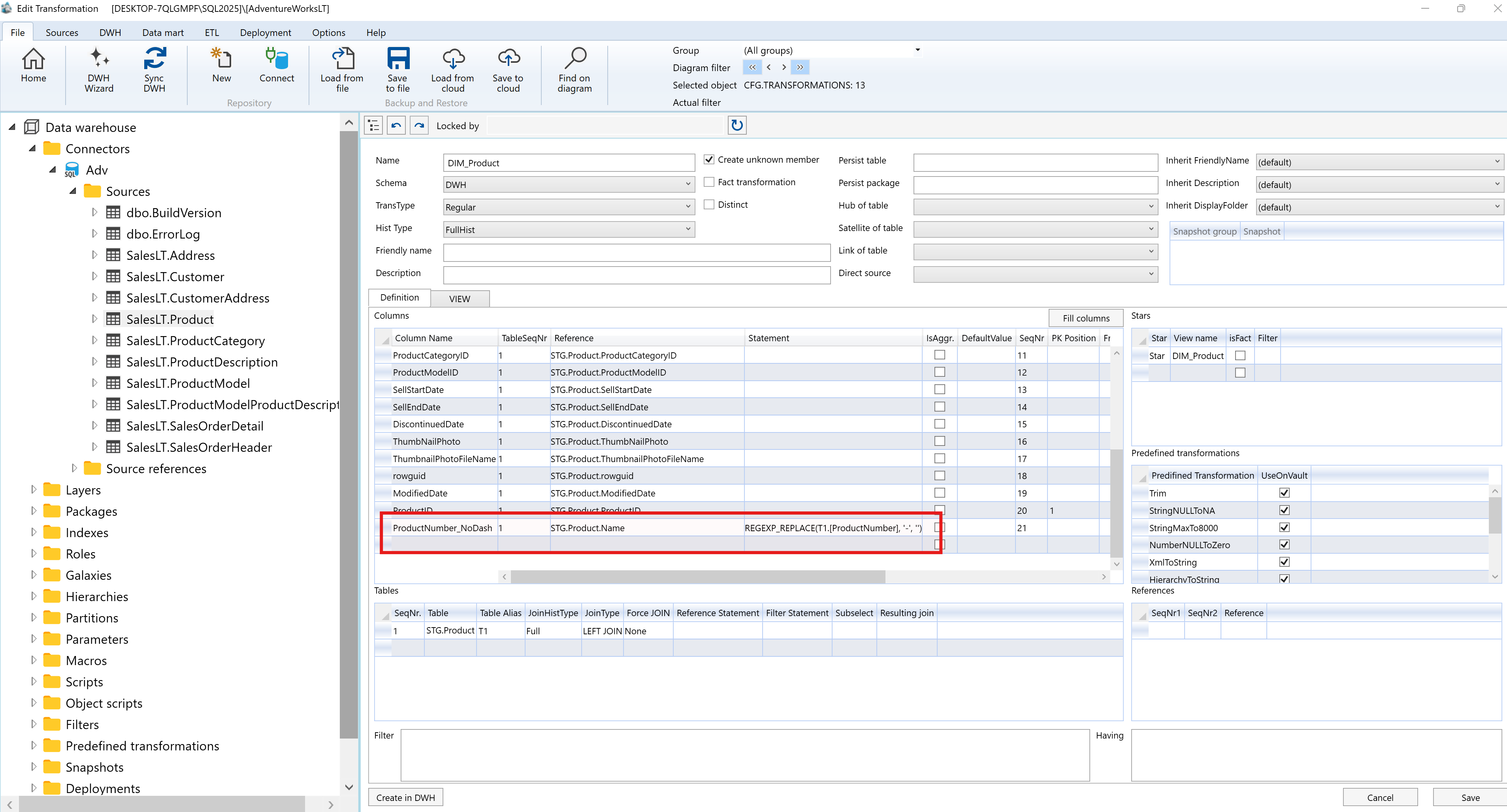Slowly Changing Dimensions (SCD): Definition, Examples, Benefits & How Automation Simplifies Implementation

Slowly changing dimensions (SCDs) are a powerful technique for tracking how data changes over time. Originally introduced by Ralph Kimball for dimensional modeling, SCDs are now used widely not only for dimensions but also for the historization of raw data. Because of this, the layer that stores historicized data is often called a “persisted staging layer”.
In this article, we explain what slowly changing dimensions are, why they matter, and how Data Warehouse (DWH) automation dramatically simplifies their implementation and long-term maintenance.
What Is a Slowly Changing Dimension?
A slowly changing dimension (SCD) is a data warehousing technique used to capture and store historical changes in descriptive attributes over time. Although the term includes the word “slowly,” changes may occur infrequently or frequently—what matters is that they do not follow a predictable schedule.
- Historical storage: SCDs preserve previous attribute values instead of overwriting them.
- Change tracking: They track how attributes such as address, customer status, or product attributes evolve.
- Analytical context: They enable questions like “What was true at that time?” rather than only “What is true today?”

Importantly, these changes do not have to be slow. Modern Data Automation tools support historization even when attributes change rapidly or unpredictably. What matters is that every change is tracked consistently.
Implementing SCDs manually—without Data Warehouse automation—is possible, but often complex and time-consuming. It requires careful ETL development, management of surrogate keys, and accurate handling of validity dates. Manual implementation is slow, expensive, and prone to human error.
DWH automation significantly simplifies and accelerates SCD implementation by automating patterns, logic, and code generation—reducing risk while improving consistency and speed.
Formal Definition of Slowly Changing Dimensions
- Architecture concept: A method for storing historic attribute values over long periods.
- Attribute change tracking: Used to capture changes in dimension attributes such as customer details, product features, or organizational structures.
- Data modeling technique: SCDs store multiple record versions with validity information, enabling reconstruction of historical states.
Example: Slowly Changing Dimension for Customer Address
A classic example of an SCD is the history of a customer’s address. A customer may move several times, and your analytics may need to answer:
- “Where did the customer live when this sale occurred?”
- “How did sales in a region evolve over time?”
To model this, you typically follow these steps:
- Create a customer dimension table with:
- CustomerID (business key)
- CustomerName
- CustomerAddress
- ValidFrom / ValidTo
- IsCurrent flag
- Add a surrogate key so each version of the customer record is unique.
- Create a fact table (e.g., Sales) that references the surrogate key and contains measures like SalesAmount.
- Insert a new row every time the customer’s address changes, updating the ValidTo of the previous record.
This ensures that analytical queries always return the correct historical address for each transaction.
Benefits of Slowly Changing Dimensions
- Accurate historical analysis: Supports time-correct reporting based on historical attribute values.
- Less reprocessing: No need to retroactively rebuild history when source values change.
- Complete audit trails: Provides full transparency into how attributes evolved.
- Better insights: Enables analysis of how changes (e.g., customer segments) affected KPIs over time.
Challenges of Slowly Changing Dimensions
- Manual maintenance effort: Without automation, SCDs require significant ETL and SQL work.
- Complex logic: Handling SCD Types 1, 2, 3, or hybrids requires expertise.
- Complex queries: Queries involving date validity can be harder to write and optimize.
- Storage overhead: Multiple historical versions increase data volume.

Despite these challenges, SCDs remain essential for regulatory, analytical, and operational use cases. Their ability to preserve a trustworthy history of changes makes them invaluable for organizations that rely on accurate historical insight.
How DWH Automation Simplifies SCD Implementation
Tools like AnalyticsCreator automatically generate SCD structures and historization logic as part of their core functionality.
Key advantages include:
- Automated SCD patterns: Templates for tables, keys, validity fields, and history logic.
- Lower risk of errors: Standardized, repeatable patterns ensure reliable historization.
- Faster releases: Changing business rules or adding attributes is much quicker.
- Consistent historization: Uniform implementation across all dimensions and layers.
By adopting automation, organizations significantly reduce complexity and improve efficiency—freeing teams to focus on insights instead of technical overhead.
Frequently Asked Questions
What is a slowly changing dimension (SCD)?
A slowly changing dimension (SCD) is a data warehousing technique used to track and store historical changes in descriptive attributes (such as customer address or product category) over time instead of overwriting them.
Do changes in SCDs always happen “slowly”?
No. Despite the name, SCDs can track attributes that change infrequently or quite rapidly. The key point is that changes are irregular and need to be historized, not that they are always slow.
What are the main benefits of using SCDs?
Key benefits include accurate historical reporting, reduced need to re-process past data, strong audit trails, and deeper business insights into how changes (such as address or segment changes) affect KPIs over time.
Can I implement slowly changing dimensions without DWH automation?
Yes, you can implement SCDs without automation, but it is often time-consuming and error-prone. You must manually design tables, write ETL logic, handle surrogate keys and validity dates, and maintain everything over time.
How does Data Warehouse automation help with SCDs?
DWH automation tools generate SCD structures and logic automatically using metadata. This speeds up implementation, enforces consistent patterns, reduces human error, and simplifies changes when business requirements evolve.
What is a persisted staging layer?
A persisted staging layer is a data warehouse layer where raw or near-raw data is historicized and stored over time, often using SCD-like patterns. It preserves the full change history before aggregation or transformation into higher layers.
When should an organization consider using SCDs?
You should consider SCDs when you need to analyze historical states (for example, historic customer segments, regions, or hierarchies), comply with audit or regulatory requirements, or understand how changes in attributes impact business metrics over time.





